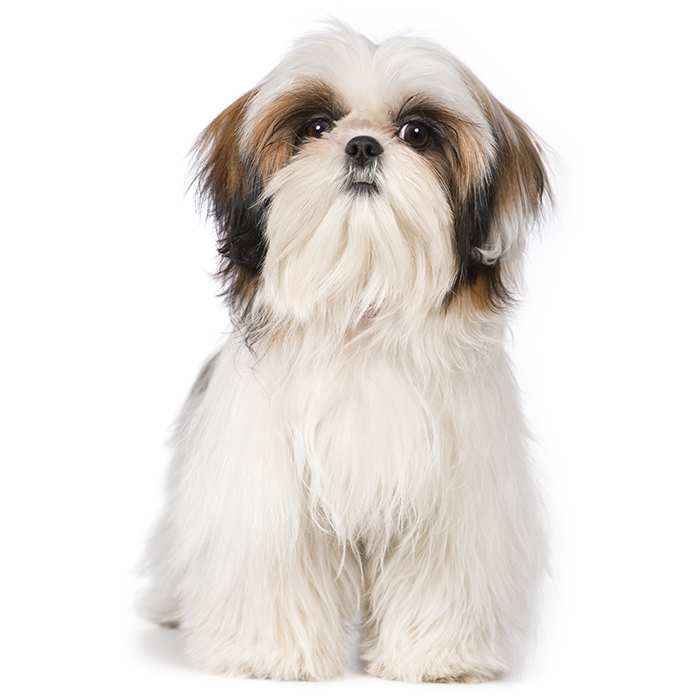Border Collie
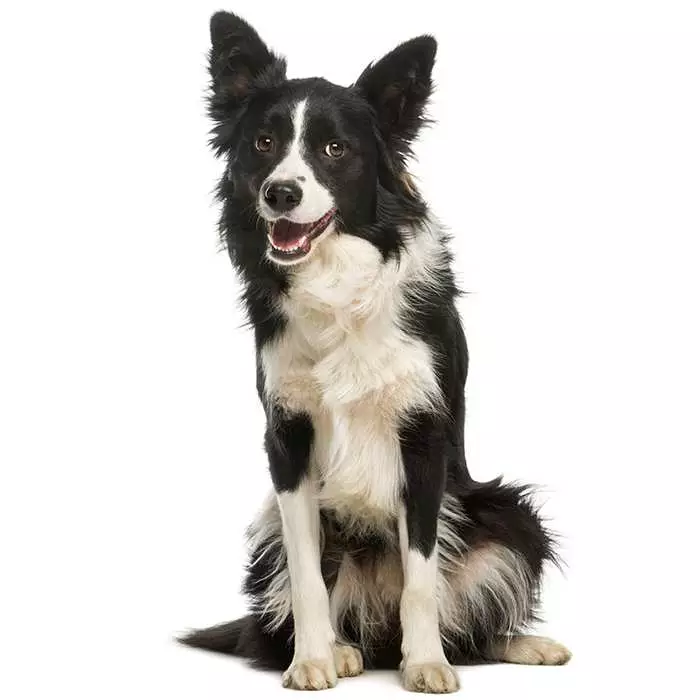

| Recommended for | Active families |
| Breed Classification | Herding group |
| Other names | Scotch Sheep Dog |
| Lifespan | 13-16 years |
| Size | Medium |
| Temperament | Obedient, affectionate, friendly |
| Intelligence | Very high |
| Tendency to bark | High |
| Maintenance Level | Medium-high |
| Health Risk | This breed has an around average probability of having health issues in its lifetime, hence it is one of the more affordable breeds to insure. |
Insuring a Border Collie?
Get our award-winning Nose-to-Tail Cover with up to $30k annual benefit limit, up to 90% of eligible vet bills back, and no sub-limits.
Get a quick quote
Is this breed right for you?
Try our breed selector quiz to find out your best matching breed!
Insuring a Border Collie?
Get our award-winning Nose-to-Tail Cover with up to $30k annual benefit limit, up to 90% of eligible vet bills back, and no sub-limits.
Get a quick quote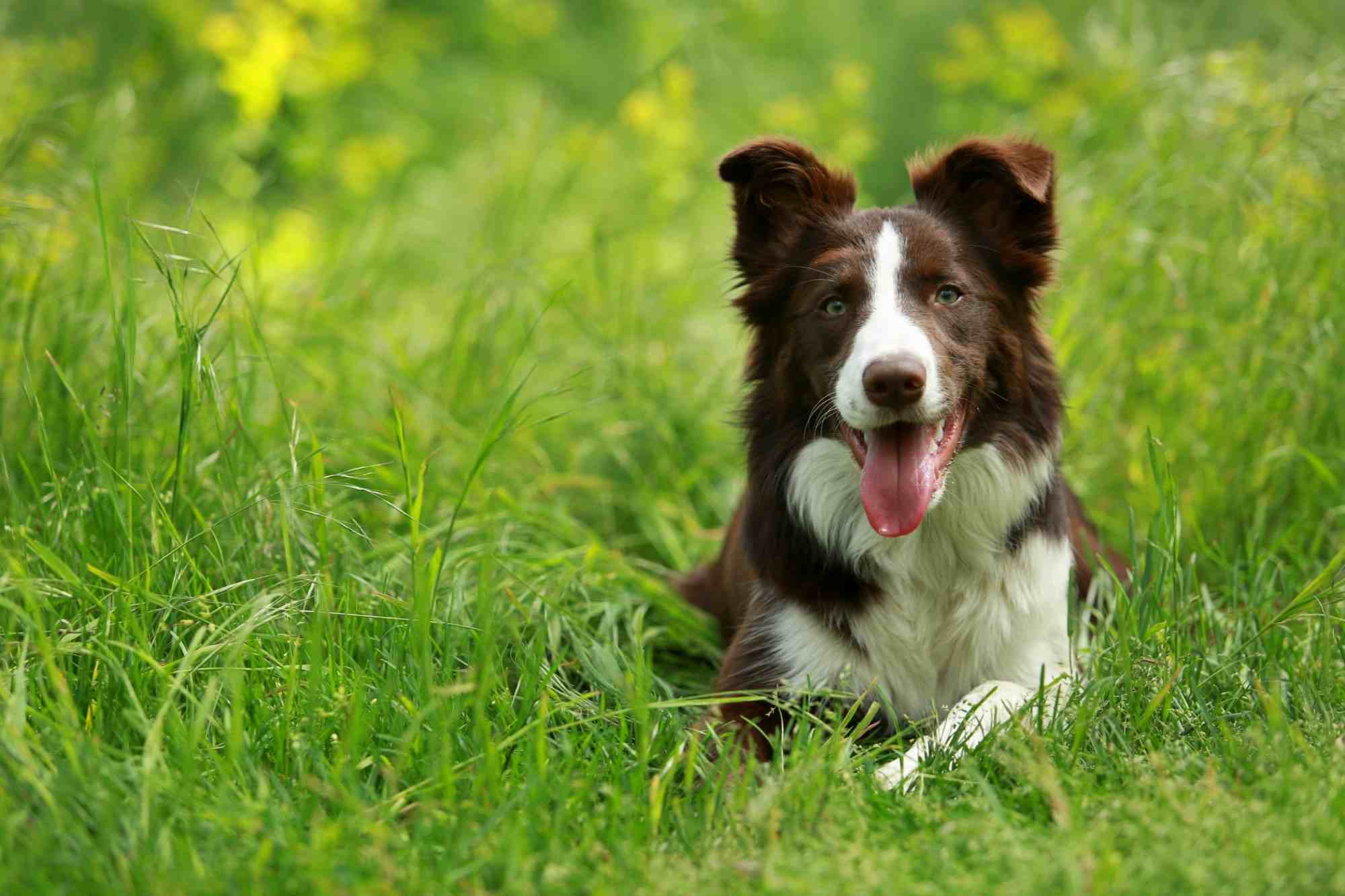
Breed history of Border Collies
It is likely that the Border Collie’s ancestors came to the British Isles with the Romans, who introduced sheep herding to the Celtics. The earliest known artistic depiction of a dog similar to a Border Collie is in Thomas Bewick’s wood engravings in the pre-1800 work The History of Quadrupeds.
The Border Collie dog as we know it today, however, didn’t come into existence until 1893 with the birth of the stud dog Old Hemp, who is credited as the progenitor to the Border Collie breed, and in 1901 with the birth of his son, Old Kep.
Originally called the “Scotch Sheep Dog”, the breed originated in Northumberland, Scotland and is descended from landrace collies, widely found across the British Isles. The name “Border Collie” most likely came from the breed’s place of origin along the border of England and Scotland.
The breed was introduced into Australia by James Lilico of New Zealand in the 1890s, who imported working dogs from the UK.
Today, Border Collies are one of the most accomplished breeds in various competitive sports and are very successful as police dogs, search and rescue dogs and some have even been trained as seeing-eye dogs.
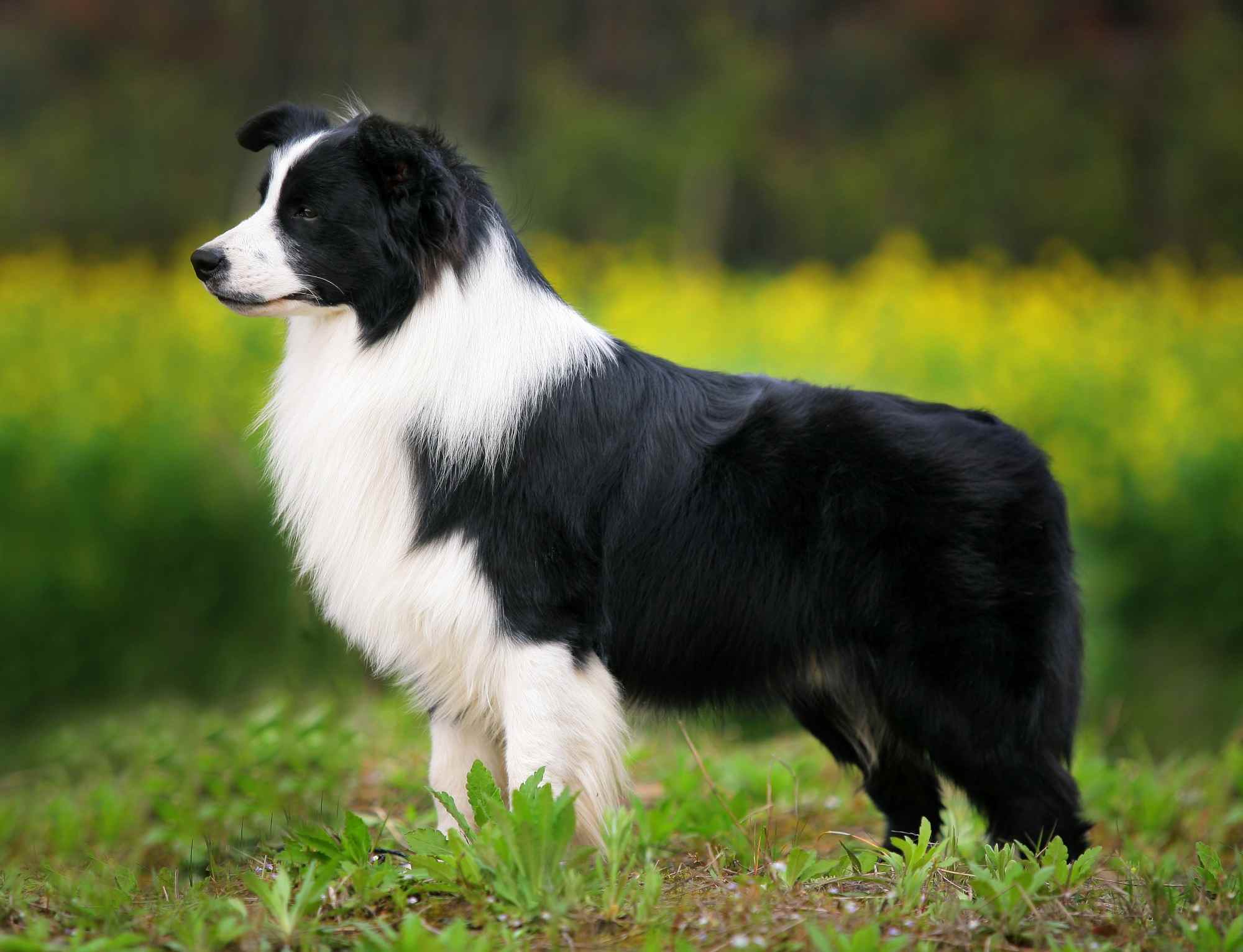
Physical description of Border Collies
Border Collies are medium sized, muscular dogs.
They have thick, weather-resistant double coats which come in two types: smooth and rough. The rough coat is longer and feathered, while the smooth coat is shorter and coarser.
Both coat types come in a variety of colours and patterns, with black and white being the most popular.
Their eye colour is usually brown or blue, but some (especially merles) often have two different coloured eyes. Their eyes have an intelligent expression and an intense gaze.
Some Border Collies have pointy, erect ears, while some have dropped or semi-dropped ears.
| Weight range | Male 17 to 20 kg, female 12 to 19 kg |
| Height range | Male 48 to 56 cm, female 46 to 53 cm |
| Colours | All colours, with black & white the most common |
| Coat length | Long |
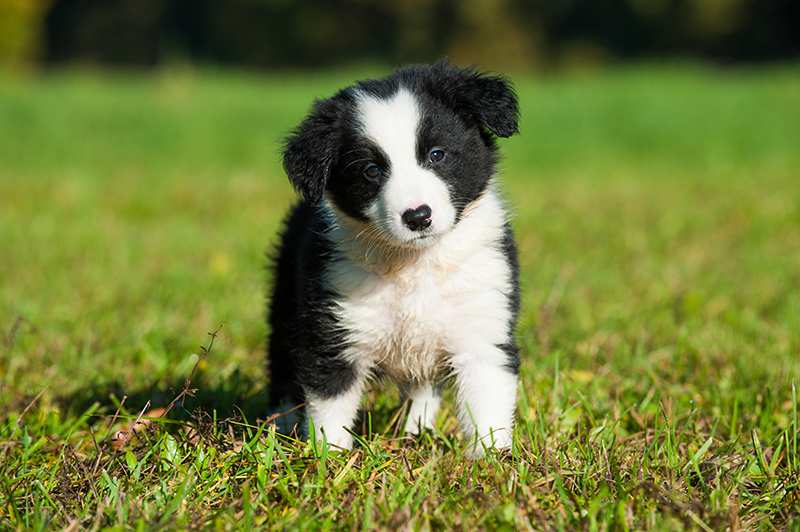
Border Collie personality and temperament
Demanding, energetic and playful, Border Collies are amiable among friends, although they may be reserved with strangers.
Bred as working dogs, Border Collies thrive when having a job to perform, such as agility, herding or obedience work. They are workaholics who give 100%, can be demanding, and thrive on praise. They don’t like any kind of negative feedback and punishment is very hard for them to digest.
The Border Collie is frequently named the most intelligent dog breed and as such requires a lot of mental stimulation. They are eager to please and will be happy to show off all the tricks and skills you teach them. Not surprisingly, they are one of the most successful breeds in competitive canine sports and excel as police dogs, search and rescue dogs, and have even been trained as seeing-eye dogs.
Border Collies should not be left alone for too long with nothing to do. If their needs are not met, they can develop anxiety and can become destructive with some even becoming escape artists. If not given enough mental stimulation, they can develop behavioural issues like chasing lights and shadows to the point where they put themselves in danger.
Their chase and herding instinct is inbred and needs to be given a controlled outlet. They love chasing balls and would rather drop dead than stop chasing. Like many herding breeds, they are motion-sensitive and this can lead them to chase moving vehicles.
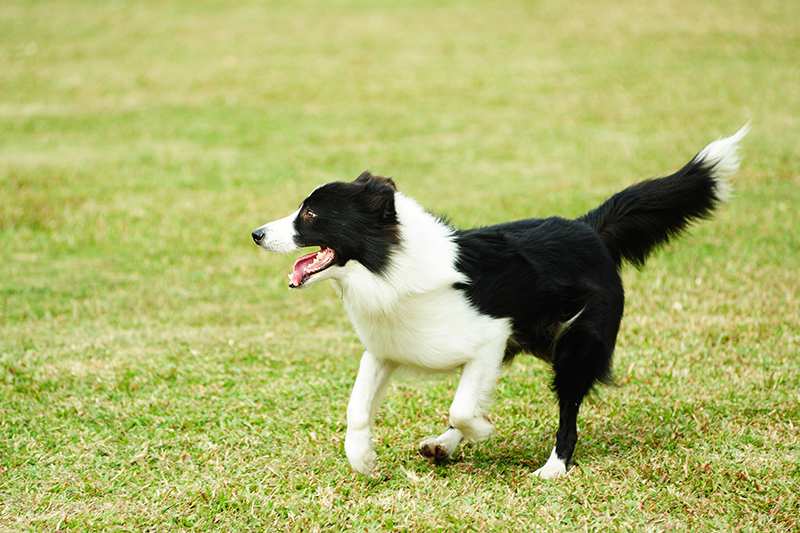
Border Collies with kids and other pets
Because of their instinctive desire to herd, they are not ideal for families with other pets or young children, whom they will want to herd around!
It is not impossible, however, for them to happily coexist with other pets, particularly if they are raised together from a young age.
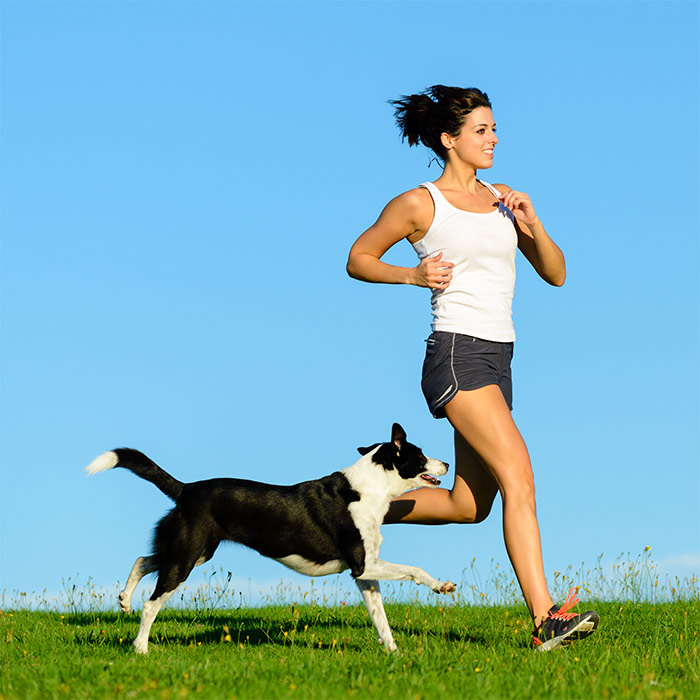
Border Collie training and exercise
The Border Collie is a highly energetic dog with great stamina who needs ample physical activity as well as sufficient mental stimulation to keep its intelligent mind engaged.
Owners of Border Collies need to be prepared to dedicate around 2 to 3 hours every day to physical and mental exercise; a long, brisk walk every day is recommended. If you do not have the time to satisfy their needs, then a Border Collie may not be for you.
They need constant and assertive leadership. Thy are very quick learners and you will often find them doing brilliantly at dog sports like agility, nose work or fly ball.
Border Collie puppies should be socialised with other animals and people at a young age to prevent shyness.
| Energy level | Very high |
| Exercise requirements | Very high |
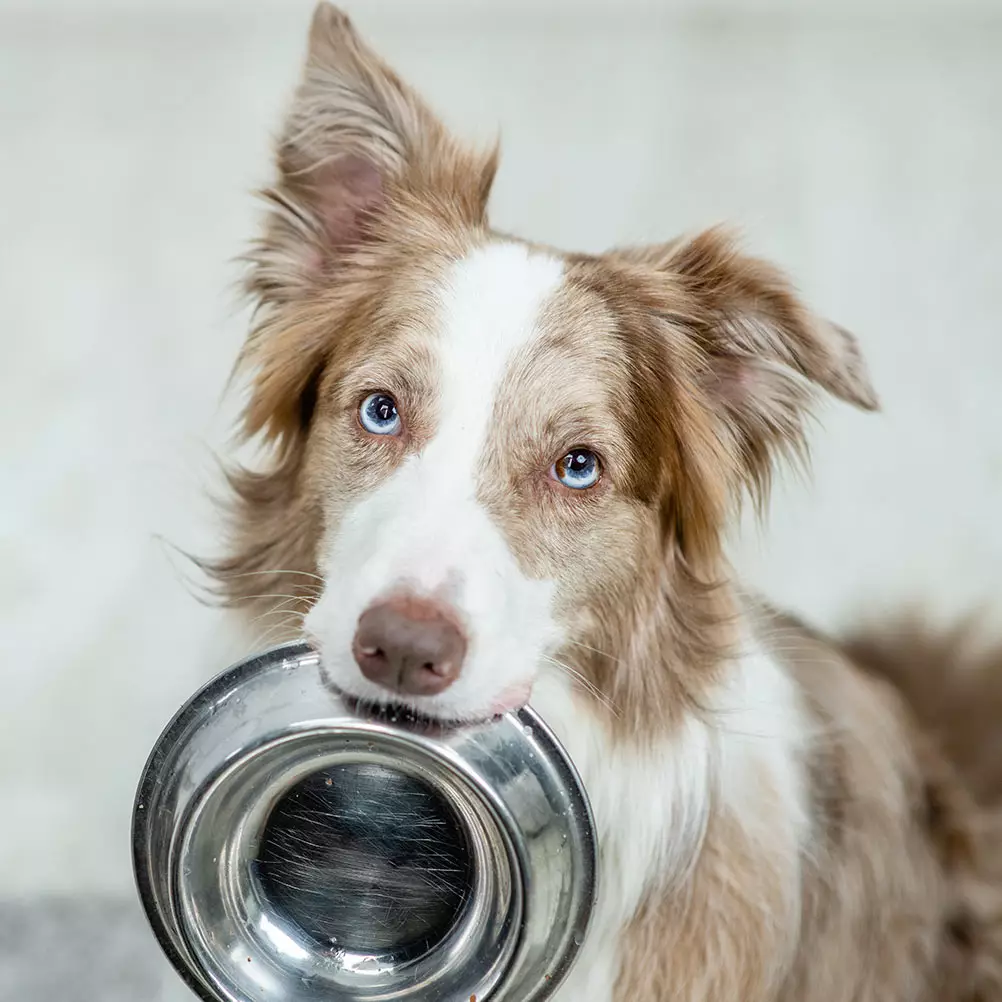
Border Collie feeding and nutrition
Border Collies should do well on a high-quality dog food appropriate to the dog’s age (puppy, adult, or senior) and activity level.
Some dogs are prone to getting overweight, particularly if they are under-exercised, so carefully monitor your dog’s calorie consumption and weight level if this is the case.
Check with your vet if you have any concerns about your dog’s weight or diet.
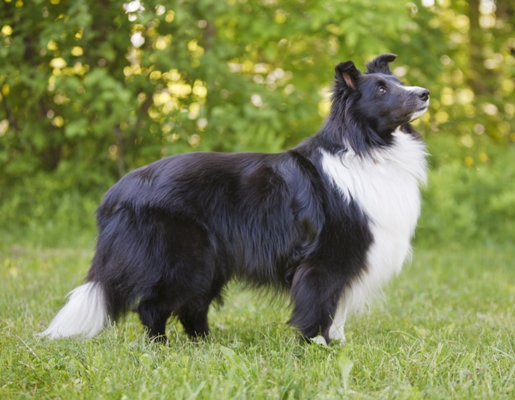
Border Collie care and grooming
Border Collies should be brushed or combed regularly (once or twice per week or more often if needed) to keep their coats gleaming, healthy and free of tangles and dirt, and only be bathed when necessary.
They are average shedders. During shedding season, daily brushing is required.
Health issues for Border Collies
- Hip dysplasia is a condition in which the thighbone and hip joint do not fit together properly, causing pain and lameness. Arthritis can develop later in life as a result of the condition.
- Collie eye anomaly is an inherited eye disease which causes abnormalities in the eye and which can, although rare, result in significant vision impairment. It usually occurs by the age of two, and there is no treatment.
- Epilepsy is a neurological disorder which causes seizures that can manifest themselves in unusual behaviour, dizziness, rigidity and fainting spells. Though it is frightening to watch, the prognosis for affected dogs is usually quite good, and treatment is available.
- Hearing Loss of two types can occur in Border Collies. The first is pigment associated and occurs in puppies, whereas the second is adult onset, in which puppies have normal auditory response but gradually lose their hearing between the ages of 1 and 8 years old.
- Neuronal ceroid lipofuscinosis is a rare disease limited to Border Collies bred for show. It causes severe neurological impairment and affected dogs often struggle to live past the age of 2. There is no treatment or cure, but a DNA test is available to detect carriers and infected dogs.

- Trapped Neutrophil Syndrome is a hereditary disease which produces white cells yet cannot effectively release them into the blood. Affected dogs have a compromised immune system which often leads them to die from infections they are unable to fight. The gene responsible for the syndrome is believed to be widespread and possibly existed in the breed’s ancestors. There is no cure but affected dogs and carriers can be identified via a DNA test.
- Other issues that are less common include juvenile caratacts, osteochondritis (joint inflammation), hypothyroidism (in which the thyroid gland does not produce enough of the thyroid hormone), and diabetes. “Double merle” Border Collies (i.e. Border Collies with two merle parents) are likely to have visual and/or auditory impairments.
Not all conditions are covered by Pet Insurance. For details of Bow Wow Meow Pet Insurance cover, refer to the Product Disclosure Statement.
Thinking about insuring a Border Collie
Thinking about insuring a Border Collie
Learn moreThinking about insuring a Border Collie
Learn moreFree engraved pet ID tag on sign up3
Customer Satisfaction
21 day cooling off
Easy to use Pet Portal

GapOnly® in vet claims
FURTHER INFORMATION:
The Border Collie Club of NSW: http://www.bccnsw.com/
Australian Working Border Collie Registration: http://awbcr.com/
Australian Working Dog Rescue: http://www.workingdogrescue.com.au/



